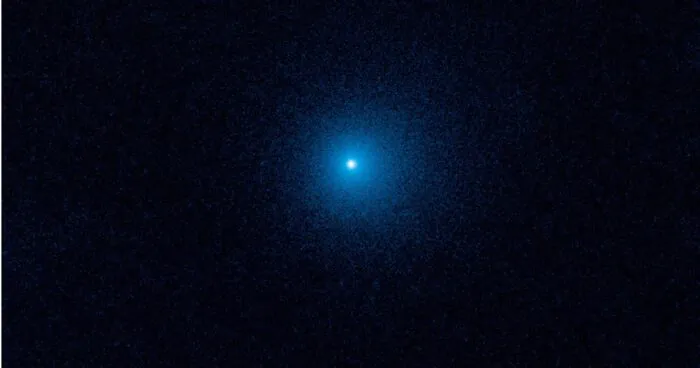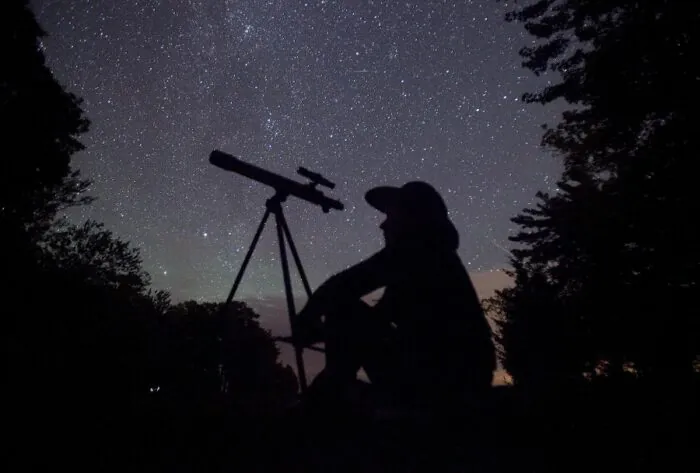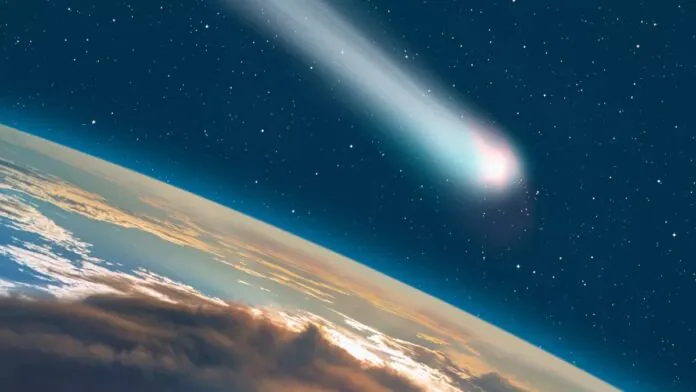© ROOT-NATION.com - Use of content is permitted with a backlink.
Comet C/2017 K2 (or simply K2) in 2017 was the furthest ever active comet detected. Five years later, the icy body is finally approaching Earth. The maximum rapprochement of K2 with our planet will take place on July 14, and with the Sun – on December 19.
The comet may soon be so close to Earth that even amateur astronomers with telescopes will be able to see it. Although the CFHT archives showed that K2 was active in 2013, when it was between the orbits of Uranus and Neptune, it was officially recognized only in 2017.

Assuming that K2 will withstand the hot journey and continue to shine, EarthSky predicts that people with amateur telescopes will be able to see it. However, for the naked eye, it will still be too dim. Stellar observers can usually spot comets with a magnitude of 6 under dark skies without a telescope. In the case of K2, which is predicted to have a magnitude of 7-8, you will need a telescope and a place to observe away from light pollution.
As the comet approaches us, professional observatories will be able to find out how big its nucleus is. Early observations by the Canadian-French-Hawaiian Telescope (CFHT) have shown that the K2 core can be 30 to 160 km wide. According to EarthSky, observations by the Hubble Space Telescope have shown that the comet can be 18 km at most.

In 2017, Hubble images determined that the comet’s fuzzy atmosphere probably includes oxygen, nitrogen, carbon dioxide, and carbon monoxide, which converts from solid to a gaseous state as it heats up.
One way or another, all predictions about comet activity may change. Comets tend to fall apart or become unpredictably brighter as they approach the heat and gravity of our Sun. However, this characteristic makes them even more interesting for astronomers who want to understand how comets are put together.
You can also help Ukraine fight with Russian occupants via Savelife or via an official page of the National Bank of Ukraine.
Read also:
- Scientists explained why the Phaeton asteroid has a strange blue color
- Hubble and the expansion of the universe: 30 years of the space telescope


